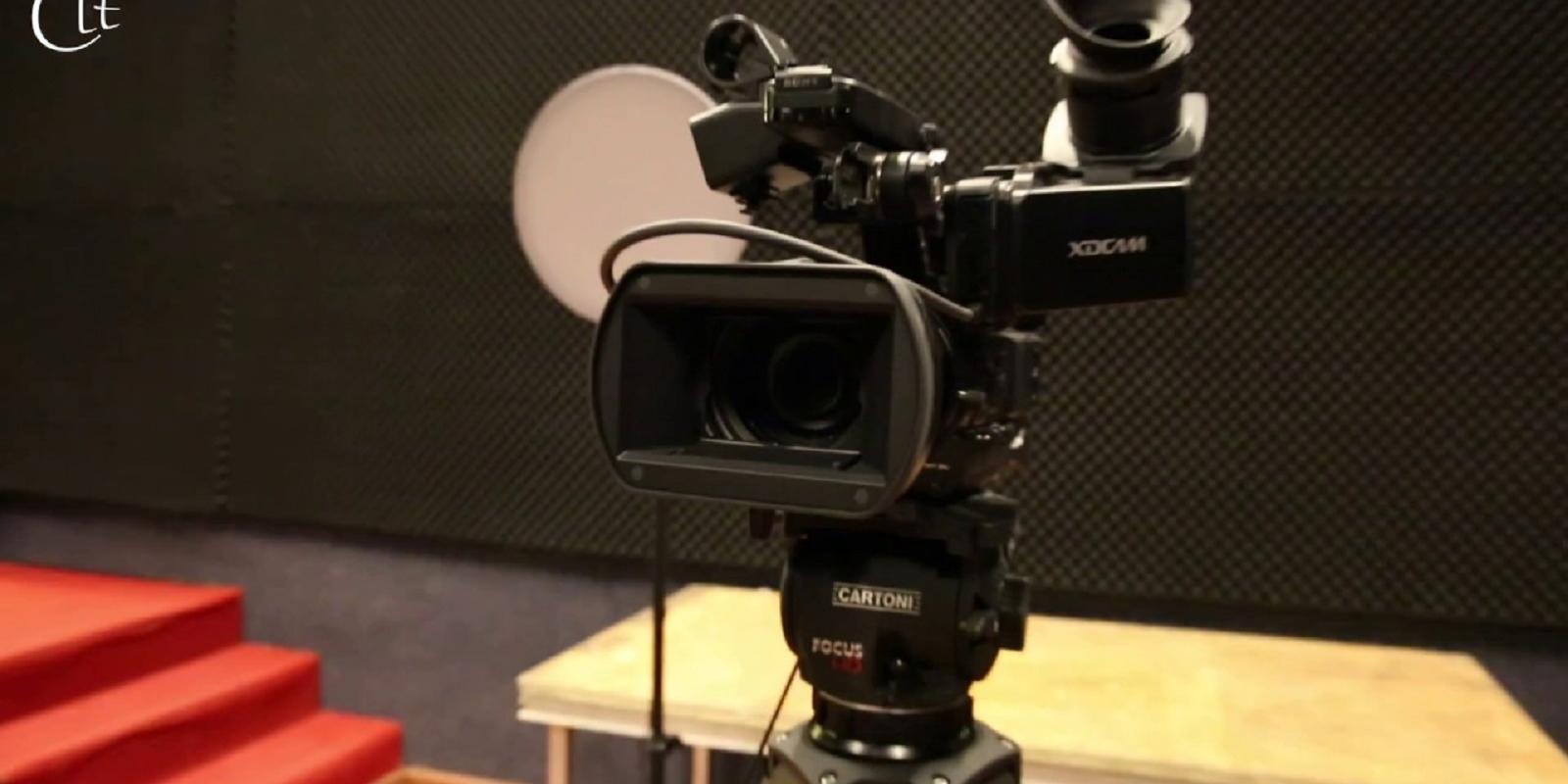CLT Studio
The Center for Learning and Teaching (CLT) Film Studio
Through an ASHA grant, The Center for Learning and Teaching (CLT) has established a general video production studio that is planned to serve AUC faculty members working on developing high-quality video and audio for instructional purposes; specifically for blended and online courses. The production of these videos is expected to enrich instructional modules offered online. The studio is housed within the Library Building, ground level (G040) and is managed and operated by CLT. For more information and reservation email [email protected].
Guidelines
The studio is intended to be used only by AUC faculty members who are collaborating with CLT on creating video content for online and blended courses. CLT will provide instructional and pedagogical support throughout the planning, filming, pre and post-production phases. The use of the studio is free of charge and studio time cannot be rented for a fee.
Policy
- The studio is reserved on a first-come, first serve basis with a minimum of 48 hours notice in advance. To make arrangements, please complete the request form. Only faculty members engaged in creating content for blended and online courses can arrange for the use of the studio.
- Faculty members are required to meet with CLT and commit to an agreed-upon production schedule. A form will be made available for each project. Failure to adhere to the production schedule may result in a delay in project timeline and completion. Upon clicking on 'Reserve CLT Studio', a CLT member will contact you for a consultation and arrangements for recording.
- Faculty members may enlist the help of students after approval from CLT, but these students and their actions will be the responsibility of the faculty member and they must be accompanied at all times by the faculty member. Students accompanying faculty members must respect the space and use the facilities responsible studio equipment is of very high financial value, hence faculty members and anyone accompanying them must respect the space and use the facilities responsibly.
- Food and drinks are not allowed inside the studio premises.
- Production hours are from 9:30 am to 3:30 pm Sunday through Thursday, except for official days off. After hour use of the studio may only be arranged after the approval of CLT and provided that the resources permit. Overtime hours for CLT personnel will be covered by the requesting department.
- The maximum permitted occupancy of the CLT Film Studio is two people in front of the camera (five people if the requesting department will pay for three cameramen).
- Equipment in the recording studio is not available for checkout and may only be used within the recording studio premises
- The Center for Learning and Teaching will co-own, with the author, and copyright of all material created in the CLT Film Studio.
Audio and Video Tips for Online/Blended Courses
Simply video recording your face-to-face lectures is probably not the most effective way to present the content to your students. Lecture material may be more appropriate if presented in another format (e.g. voice over slides, animation, branching scenarios)
- Video is often useful for role-playing activities and for demonstrations, such as how something is made or assembled, or how to solve a problem.
- Audio is often useful to emphasize the importance of a process, to share a story or experience, or to ensure proper pronunciation.
Video and audio are great to use when incorporating a guest lecturer or expert giving tips and advice.
If there is a component of a lesson that is believed to be essential and needs to be demonstrated via video or audio, here are some useful tips:
- Always consider the purpose of the audio/video and the learning objectives being met. Have outsiders review the value of your audio or video file prior to adding it to a course.
- Plan out and practice your audio or video prior to recording.
- Always incorporate the highest quality (clean audio with enough volume, and stable, in focus video).
- Keep the length of your audio and video files to a minimum. Consider using video files from five to seven minutes maximum.
- Always consider bandwidth when adding audio or video and consider testing with your audience to determine appropriate and tolerable file sizes.
- Determine the most appropriate and accessible file format for your students.
- If you embed external video or audio files, be careful to obey copyright laws.
- Do-It-Yourself Video; if you wish to provide your own video, you may refer to the following helpful hints (how to record a great video of yourself).
